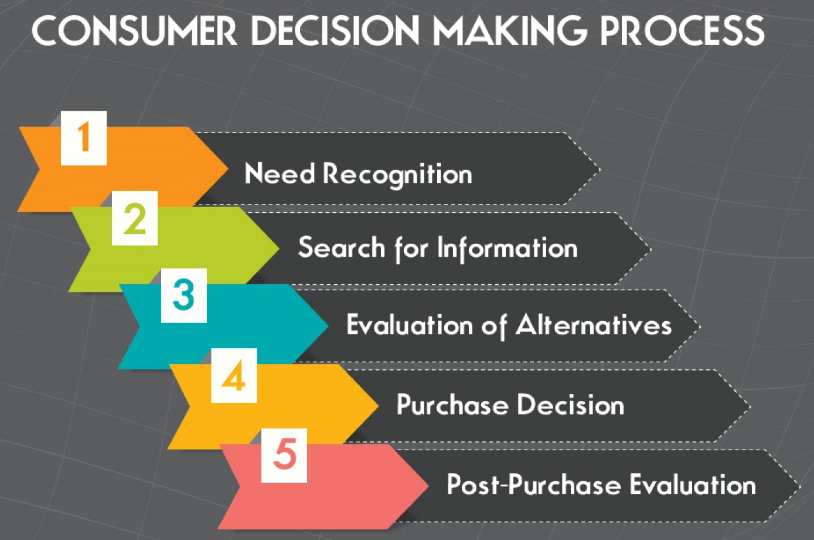How many hats are you wearing? As nonprofit fundraisers, the answer is often, “Too many!” or “Hold on, I can’t hear you from under this pile of hats.” Development professionals are often tasked with raising both funds and awareness for our organizations, which are two distinctly different activities that often get muddled together.
Clarifying the difference between fundraising and marketing will help you manage your tasks, balance your short and long-term priorities, and set the best goals for your projects.
“Clarifying the difference between fundraising and marketing will help you manage your tasks…” tweet this
Same Skills, Different Goals
Both fundraising and marketing are essential activities for your cause. Fundraising and marketing get put together because they often involve similar activities, and they definitely involve similar skills. It’s not like combining fundraising and electrical repair, although depending on your organization, you might be responsible for that, too.
Fundraising and marketing both involve:
- Storytelling
- Explaining your mission
- Engaging an audience
- Clear communication
Marketing vs. Fundraising
Let’s start by defining some terms. “Fundraising” means raising funds. Okay, okay, you knew that. “Marketing” is a little more abstract; it’s about making people aware of your cause and what your organization does. It generally doesn’t (directly) translate to dollars.
To further simplify, imagine you’re at a party. If someone approaches you and makes the case for why you should give them twenty dollars, they’re fundraising. If they strike up a conversation and get you excited about their life goals and what they’re all about, they’re marketing.
Put On Your Marketing Hat
To be an effective marketer, for just a second, you need to think of your audience as consumers and your organization as a product you’re trying to sell them.
Just for a second! You can go right back to recognizing that your organization serves the human community, changes lives, and is making a positive difference that is so, so much more than a widget you need to peddle. But it’s a lot easier to explain marketing strategy in terms of widgets.
A good marketing strategy supports the entire consumer decision making process. In order to make the decision to “buy” your organization, the consumer will:
- Recognize their need for what you’re offering
- Search for information
- Evaluate their alternatives (i.e. “Check out the competition”)
- Make the decision to “purchase” what you’re offering
- Evaluate whether or not they’re happy about their decision.
 To support this process, you’ll need to:
To support this process, you’ll need to:
- Demonstrate how you’ll meet their need. (Raise awareness)
- Provide useful and helpful information. (Educate)
- Demonstrate how you’re different than alternatives (Educate)
- Offer them a purchase opportunity (Ask them to do something)
- Continue to be useful and helpful after they’ve made a purchase (Educate and support)
Where Fundraising Fits In
Since you are a glorious and inspiring organization, and definitely not a widget, what “purchase decision” is your audience making in Step 4 of the decision making process? There are a few things that may constitute “a purchase” for you, like signing up to volunteer or attending an event, but the big one will be fundraising.
Unlike marketing goals, which are broad and long-term, like “Raise awareness!” or “Get people to notice us!” fundraising goals are concrete and short-term.
“Unlike marketing goals, which are broad and long-term, fundraising goals are concrete and short-term…”
tweet this
Marketing + Fundraising= BFFS Forever!
Marketing attracts attention and educates your audience, and fundraising offers them an opportunity to really become a part of things. They go hand-in-hand. Before anyone can make a donation, they have to know who you are, what you do, and why it matters.

Donors who are engaged are donors who are retained. Even after someone has given, especially after someone has given, you still need to market your cause and your work. This is what keeps them inspired and committed.
Let’s go back to that party, wherein some random person has just asked you for twenty dollars. We can all agree it feels a little weird, right? This person hasn’t made you aware of anything, or offered any helpful information, they just told you they need money. Even if you do give, you aren’t forming a lasting connection, because you don’t know what they’re about.
Now think of that other person, the one who got you excited about their life. What if you kept running into them in various places, and each time, you learned more useful information? Your respect for them and what they were trying to do would build. If, a while later, they asked you for twenty dollars for a specific purpose, you’d be ready and excited to help.
Let’s Get Started
One of our purposes here at CauseVox is to provide you with the resources to support your organization’s marketing and fundraising goals. As your nonprofit moves from planning to implementation, request a free personal demo to further leverage your fundraising resources.




